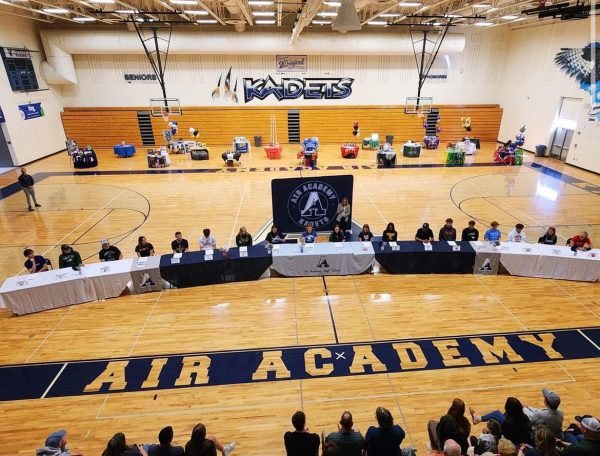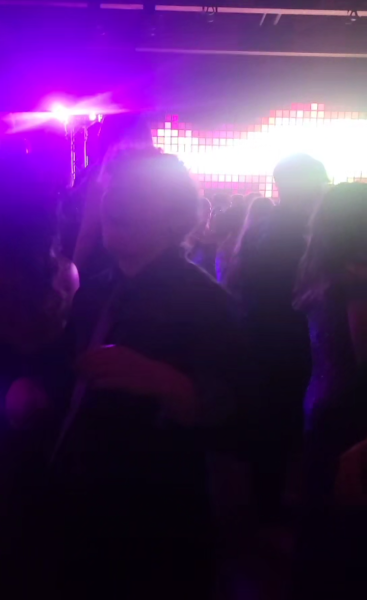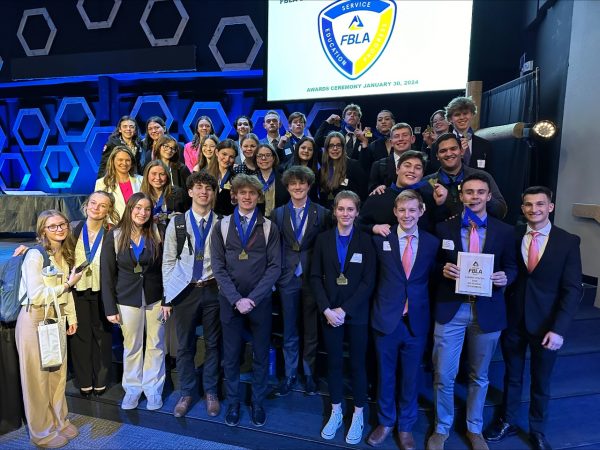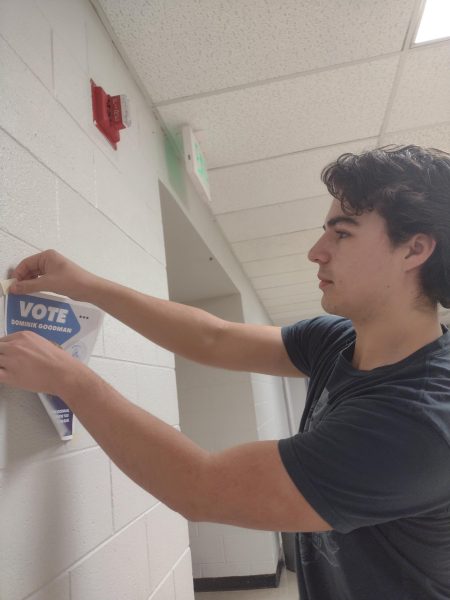Unruly Ukraine
![[untitled photo of fighting in Ukraine]. Retreived March 14, 2014, from:http://beforeitsnews.com/alternative/2014/01/ukraine-orange-revolution-live-stream-video-2879732.html](https://thejetstreamjournal.com/wp-content/uploads/2014/03/ukranie.jpg)
[untitled photo of fighting in Ukraine]. Retreived March 14, 2014, from:http://beforeitsnews.com/alternative/2014/01/ukraine-orange-revolution-live-stream-video-2879732.html
Euromaiden, what is now the series of riots in Ukraine, is an incredible display of ongoing demonstrations, civil unrest, and revolution. It began on the night of November 21, 2013, with public protests demanding closer ties to European Union.
Sparking the riots was the idea of the Association Agreement on March 30, 2012, by the European Union. EU leaders refused to ratify unless Ukraine addressed concerns over their “deterioration of democracy” including the imprisonment of Yulia Tymoshenko and Yuriy Lutsenko in 2011 and 2012.
In the months leading up to the protests, Ukrainian President Viktor Yanukovych urged the parliament to adopt laws so that Ukraine would meet the European Union’s criteria.
On September 25, 2013, Chairman of Ukraine’s parliament Volodymyr Rybak stated he was sure that his parliament would pass all the laws needed to fit the EU criteria for the Association Agreement, except for the Communist Party of Ukraine.
In mid-August 2013, Russia changed its customs and regulations on imports from Ukraine, being that on August 14, 2013, the Russian Custom Service stopped all goods coming from Ukraine. This was viewed as a move to start a trade war against Ukraine to prevent Ukraine from signing a trade agreement with the European Union.
![[untitled photo of a map of Ukraine]. Retreived March 14, 2014, from:http://www.operationworld.org/ukra](https://thejetstreamjournal.com/wp-content/uploads/2014/03/ukra-MMAP-sm.png)
Ukrainian Industrial Policy Minister, Mykhailo Korolenko, stated on December 18, 2013, that because of this, Ukraine’s exports had dropped by $1.4 billion.
The State Statistics Service of Ukraine reported in November 2013, that in comparison with the same months of 2012, industrial production in Ukraine in October 2013, had fallen by 4.9 percent, in September 2013 by 5.6 percent, and in August 2013, by 5.4 percent.
On November 21, 2013, a Ukrainian government decree suspended preparations for signing of the Association Agreement. Thoroughly being denied by Russia, Ukraine was in a tough spot.
President Yanukovych attended the November EU summit in Vilnius, but the Association Agreement was not signed. Both Yanukovych and high level EU officials signaled that they wanted to sign the Association Agreement at a later date, seemingly postponing any action that would rile up Russia even more.
The population, according to a December 2013 poll, is split between 45% and 50% of Ukrainians that supported Euromaidan, while between 42% and 50% that opposed it. The biggest support for the protest can be found in Kiev (about 75%) and western Ukraine.
Ukraine population has since been rioting and is now a war torn, apocalyptic world. Kiev, the capital of Ukraine and the dominant battleground between protesters and government, has changed dramatically within the last few months. The protesters created a formal resolution on November 29th demanding:
- Form a coordinating committee to communicate with the European community.
- To state that the president, parliament and the Cabinet of Ministers aren’t capable of carrying out a geopolitically strategic course of development for the state and calls on Yanukovych’s resignation.
- Demand the cessation of political repressions against EuroMaidan activists, students, civic activists and opposition leaders.
These resolutions were directed to President Yanukovych, seemingly pro-Russian, and the rest of the government. As a result, the president decided to move closer to Russia and protests began in Ukraine’s capital city of Kiev. In an attempt to disperse these protests, the Ukrainian government passed laws which effectively outlawed protests. The protesters were fairly unhappy about this and disregarded the new laws, gathering in greater numbers.
Ukraine’s police force attempted to disperse these protests with force, initially with non-lethal force (water cannons & rubber bullets). As a result of this, protesters began riots. The government escalated, allowing lethal force, and in response the rioters did the same, beginning to use fire grenades and marksmen of their own.
The resultant clashes of security forces and protesters resulted in losses of lives on both sides.
On the 22nd of February, 2014, the former president of Ukraine fled from his luxury home with the intent of seeking refuge in Russia. It is known that he passed through the town of Kharkiv before moving on to Russia. With the former president now disposed, the Ukrainian parliament voted in a new, temporary, president and is pro-EU relations.
Protests and clashes between Pro-Russian and Pro-EU supporters began in the eastern regions of Ukraine, in particular, the Crimean peninsula has become the focus of the news. Russia announced that, in order to protect its national interests in the Crimean area and to protect the large number of Russian citizens living in the Crimean area, it was moving troops in to Ukraine in order to reinforce and secure its bases and reassure the large Russian and Pro-Russian population there. Initially, this was done with no such announcement from Russia. Several airports were secured and airspace was closed. Several Russian heavy transports landed at these airports carrying what is thought to be several thousand troops. It should be noted these troops have so far not confirmed they are Russian, nor carry any identifying insignia. On the 2nd of March (2 days after officially moving forces into Ukraine), President Putin received authorization from the Russian parliament to begin deploying troops inside the Ukraine.
The western world has been quick to denounce the actions of the Russian military, calling their movement of troops an invasion.
The US and European countries have announced severe political and economic penalties for Russia should they continue with an advance into Ukraine or start a war. In response to the Russian parliament authorizing military engagement in Ukraine, the temporary Ukrainian government has put its military on “full combat readiness,” recalling reservist forces to active duty and preparing for war.
Since the installment of a temporary president, large crowds numbering in the thousands have been gathering and taking over official buildings and raising Russian flags in several large population centers on the east of Ukraine. These crowds are calling for more autonomy, maybe independence, from the Ukrainian government in Kiev.
The top naval commander of the Ukrainian Navy declared allegiance to the Crimea and Pro-Russian forces.
What could escalate from this is a war between the Ukraine and Russia, which we know for certain no one wants. The United States and the EU would be very unlikely to get involved should a war start, because open war between superpowers will only end in colossal loss of life on both sides. What is most likely to occur would be trade or economic restrictions by the West upon Russia, very similar to the trade barriers that Russia dealt to Ukraine, which would hopefully cease conflict.

















Brook Langmaid • Mar 17, 2014 at 1:13 pm
This was immensely informative and I am so impressed with the way you organized the information! Good job, keep up the work!
Maddy Jahelka • Mar 17, 2014 at 11:38 am
Well done young chap.